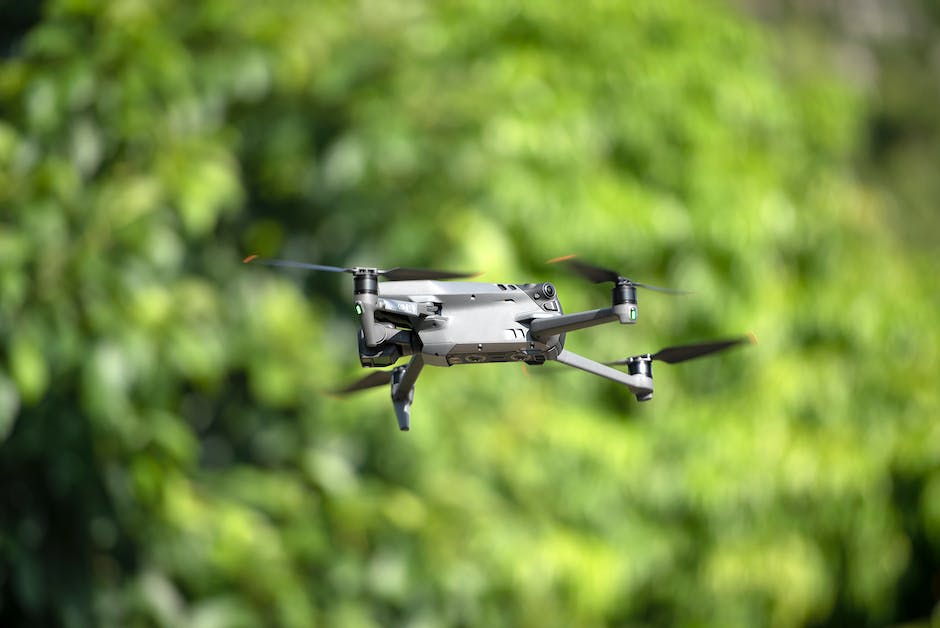The physical world has shifted to a digital one, and the U.S. Border Patrol is no exception. The application of biometric identification through the ePassport Verification System has revolutionized the way border patrol officers are able to verify travelers who enter the United States. This article will explore how the ePassport Verification System works, its practical applications, and the benefits it offers to both the U.S. Border Patrol and travelers.
What is the ePassport Verification System?
The ePassport Verification System (ePVS) is an automated biometrics system designed to quickly and accurately verify the identity and citizenship of travelers. It utilizes biometric matching technology to compare a traveler’s passport photo with the facial photo stored in the passport. This process helps the Border Patrol confirm that the traveler is the same person as the one listed on the passport.
How Does the ePassport Verification System Work?
The ePVS system utilizes facial recognition technology to quickly compare the passport photograph to the photograph stored in the passport chip. This process is completely automated, making it faster and more accurate than manual facial recognition methods.
The system is also set up to allow border patrol agents to enter in the passport number, name, and other demographic information. This information is then compared to the information stored in the passport chip. If everything matches, the traveler is considered to be the same person listed on the passport.
What Benefits Does the ePassport Verification System Provide?
The ePVS system provides several benefits to both the U.S. Border Patrol and travelers. For starters, it helps the Border Patrol quickly and accurately verify the identity of travelers. By using facial recognition technology, the Border Patrol can quickly verify that a traveler is the same person as the one listed on the passport. This helps ensure that the person entering the United States is the same person listed on the passport, which helps to prevent fraud and identity theft.
The system also helps speed up the process of verifying travelers. By using automated facial recognition technology, the process of verifying travelers is significantly faster than manual facial recognition methods. This helps to reduce wait times for travelers, as well as ensuring that the Border Patrol is able to process more people in the same amount of time.
The system also helps the Border Patrol protect national security by preventing illegal immigration. By quickly and accurately verifying the identity of travelers, the Border Patrol is able to ensure that those entering the country are doing so legally and with proper documentation.
Finally, the system also helps to protect travelers’ privacy and security. Because the system is completely automated, no personal information is stored or shared. This helps to ensure that travelers’ personal information is kept secure and that their data is not shared with third parties.
Conclusion
The ePassport Verification System is a revolutionary biometrics system designed to help the U.S. Border Patrol quickly and accurately verify the identity and citizenship of travelers. By utilizing facial recognition technology, the system is able to quickly compare a traveler’s passport photo with the facial photo stored in the passport chip. This helps to reduce wait times for travelers, as well as ensuring that the Border Patrol is able to process more people in the same amount of time. The system also helps the Border Patrol protect national security by preventing illegal immigration. By quickly and accurately verifying the identity of travelers, the Border Patrol is able to ensure that those entering the country are doing so legally and with proper documentation. Finally, the system also helps to protect travelers’ privacy and security. By using automated facial recognition technology, no personal information is stored or shared with third parties.
The ePassport Verification System has revolutionized the way border patrol officers are able to verify travelers. By quickly and accurately verifying the identity of travelers, the Border Patrol is able to ensure that those entering the country are doing so legally and with the proper documentation. Travelers also benefit from the system, as it helps to reduce wait times and protect their personal information. The future of the Border Patrol is digital, and the ePassport Verification System is helping to make that future a reality.
Query: epassport biometrics technology security




